Emile Martin Charles Schwabe, known as Carlos Schwabe, was a Swiss citizen of German origin born in 1866 near Hamburg. He studied under Barthélemy Menn at the School of Fine Arts and the School of Industrial Arts.
It is relevant to highlight the importance of his teacher, Barthélemy Menn, who counted Corot, Daubigny, and Delacroix among his friends. Menn conveyed to Schwabe the teachings of Ingres on the importance of drawing and attention to detail.
In 1891, his work "The Evening Bells," exhibited at the Salon of the National Society of Fine Arts, caught the attention of Sâr Péladan, who proposed to Schwabe to design the poster for the First Salon of the Rose+Croix the following year. Devoted to the representation of mythological and allegorical subjects, often centered on the female figure, the artist is an exemplar of Symbolism.
He distinguished himself through numerous illustration projects, such as Émile Zola's "The Dream" and Catulle Mendès's "The Gospel of Childhood," and through his close ties with the bibliophile world.
Before 1900, the artist rarely painted landscapes for himself, but the series of "Views of Dauphiné" in 1902 prompted this expression in him, with the use of oil becoming a habit throughout his travels. Although his work always centered on a symbolist iconography, his sensitivity to landscape was expressed in a unique way, incorporating atmospheric landscapes and interesting perspective games. A certain theatricality seems to invite the figures that punctuate his work to populate these empty landscapes.
These autonomous landscapes in Schwabe's work often reveal a particular tension, reflecting moments of uncertainty in the artist's life (Schwabe was delicate in health, gradually distancing himself from artistic circles, and experiencing financial problems). The landscape we propose seems to carry this unease, with a perspective ending on a grove where shadows dominate the majority of the composition.
Frame dimensions : 63x77cm


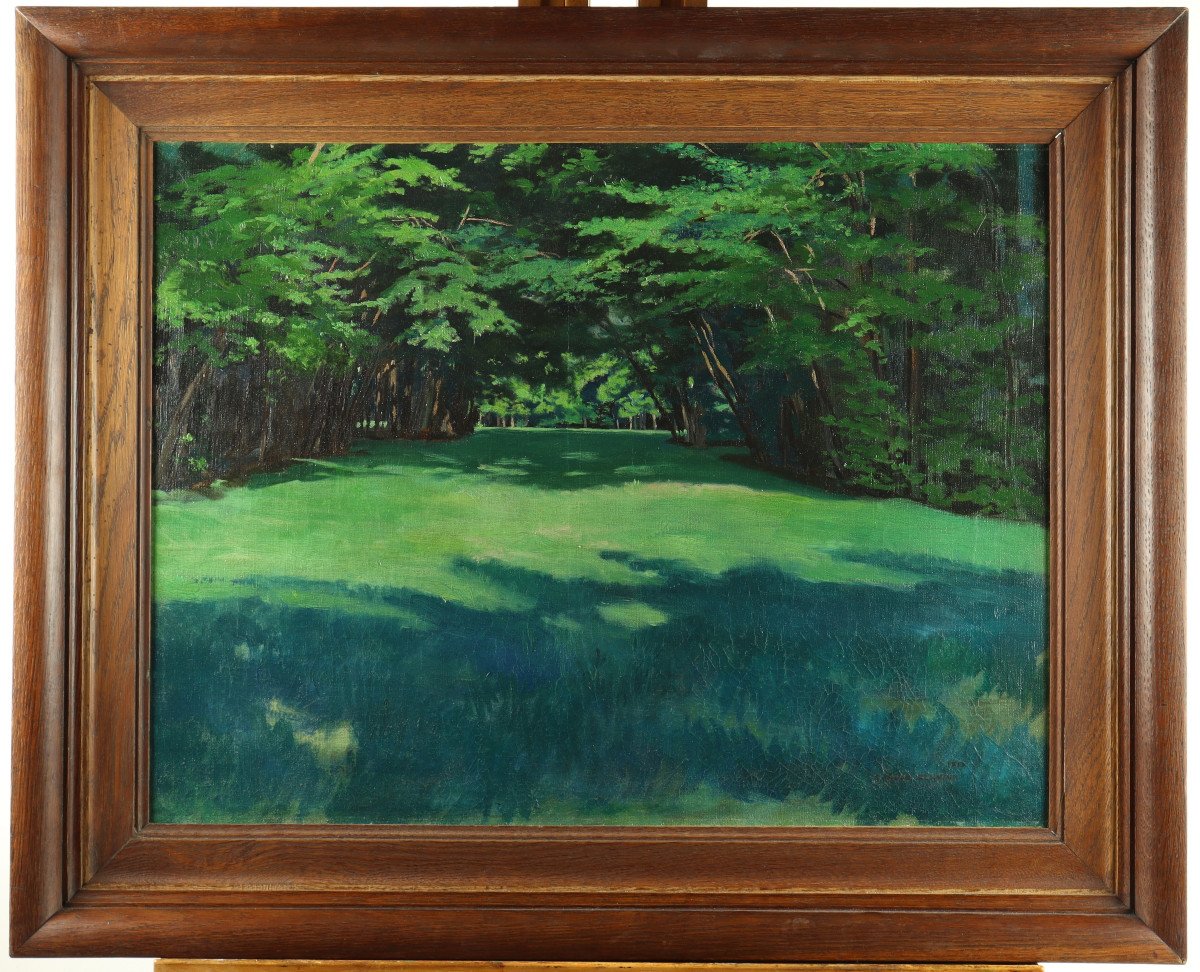
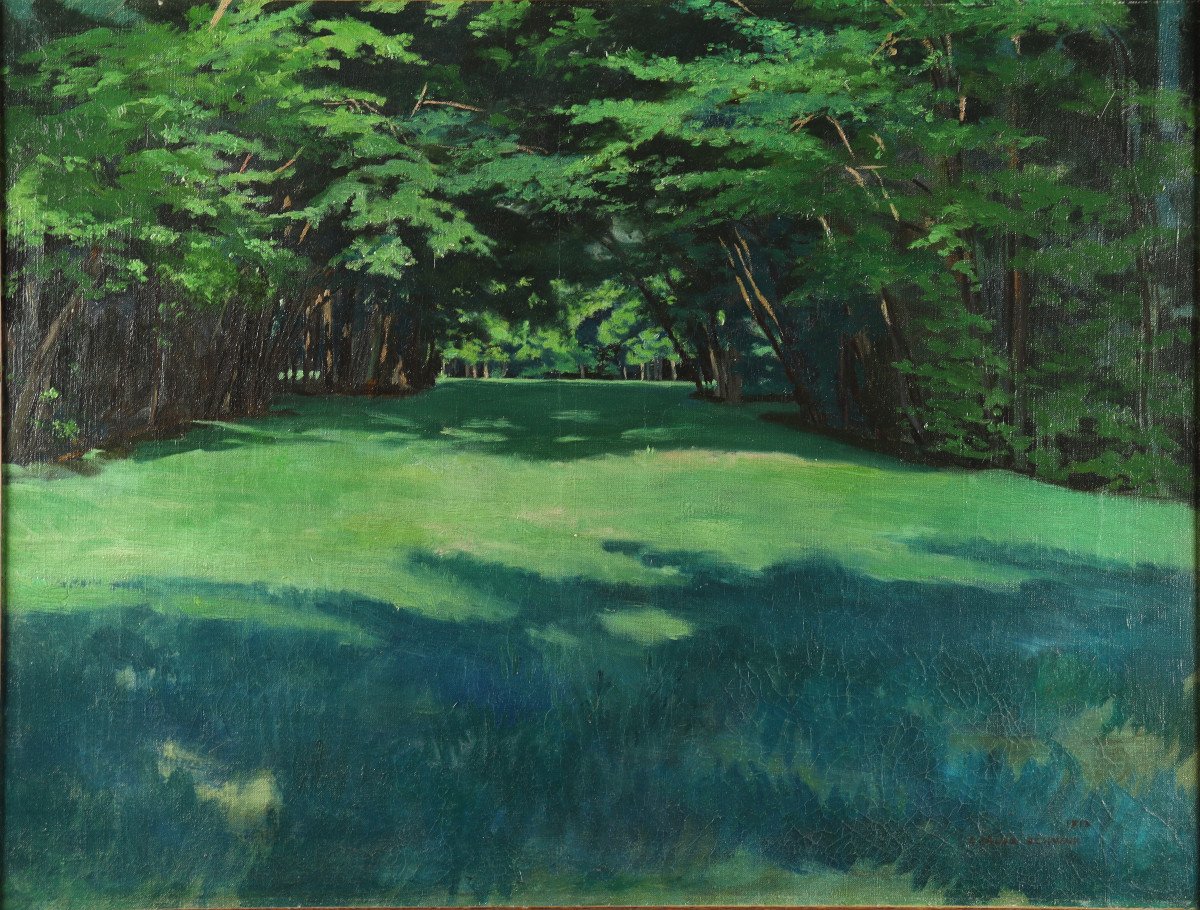
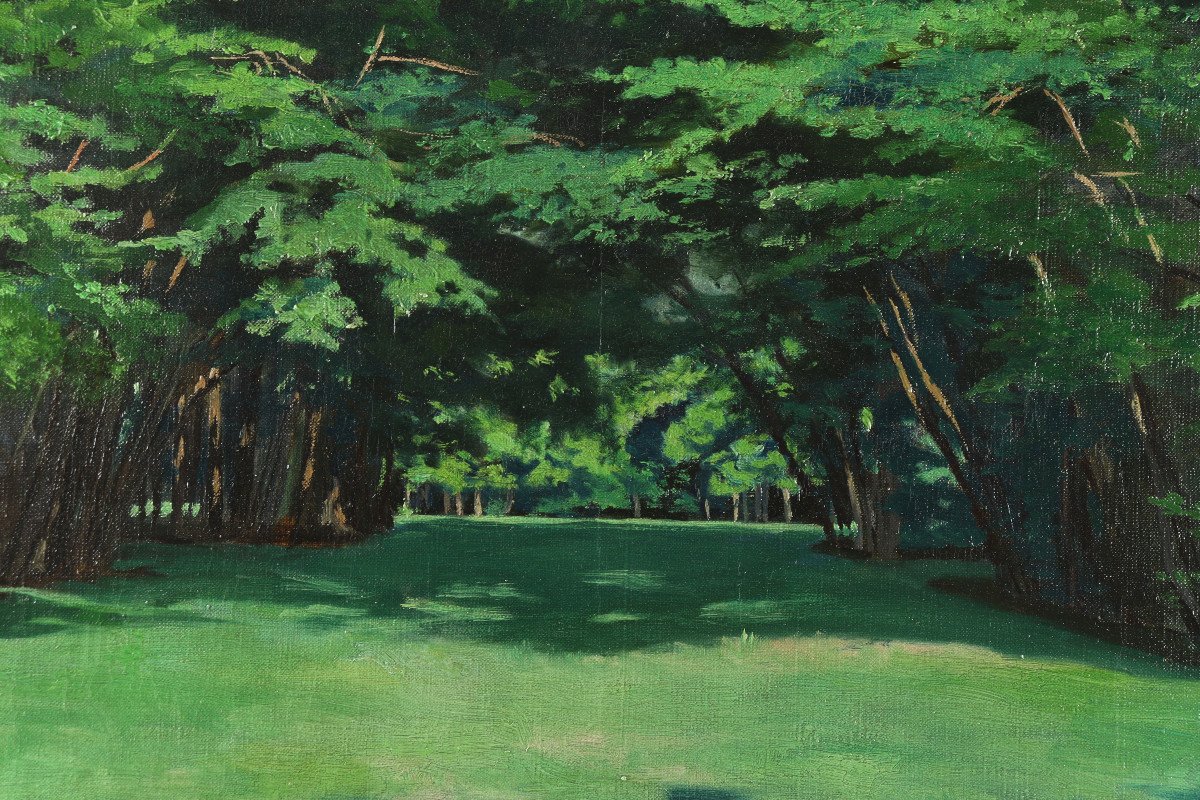
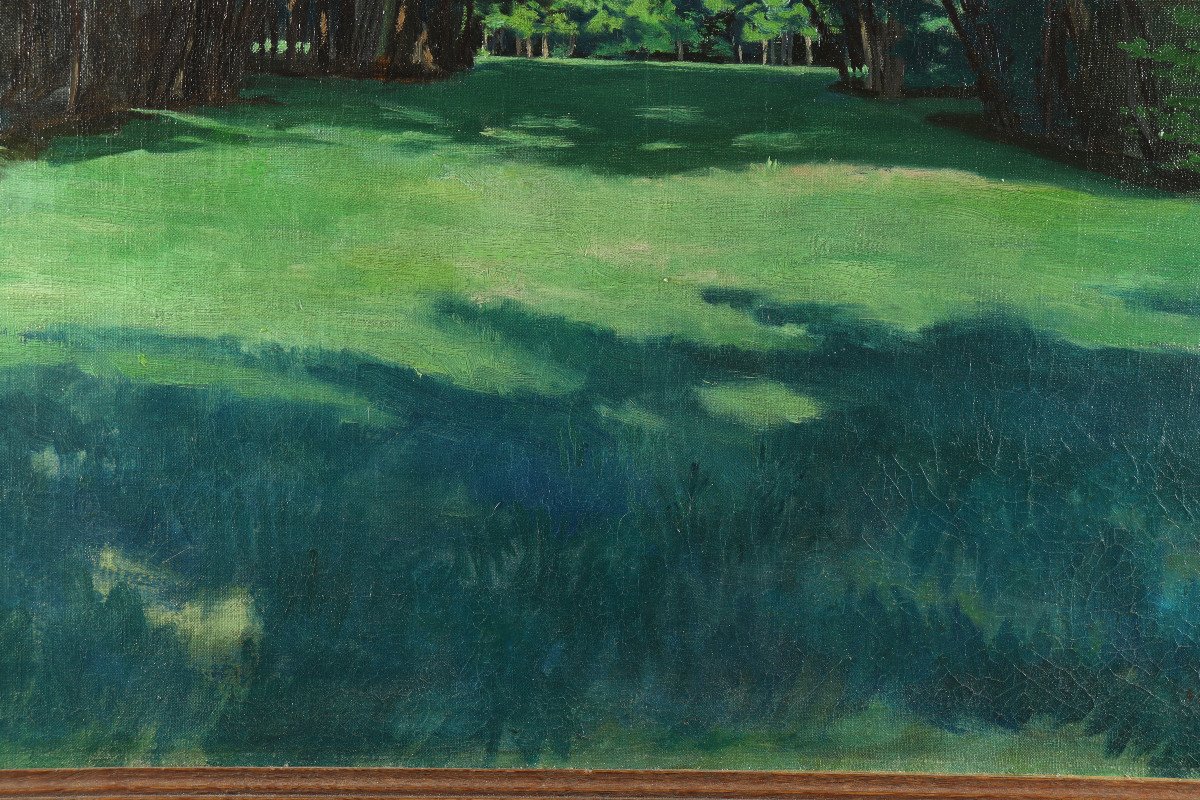
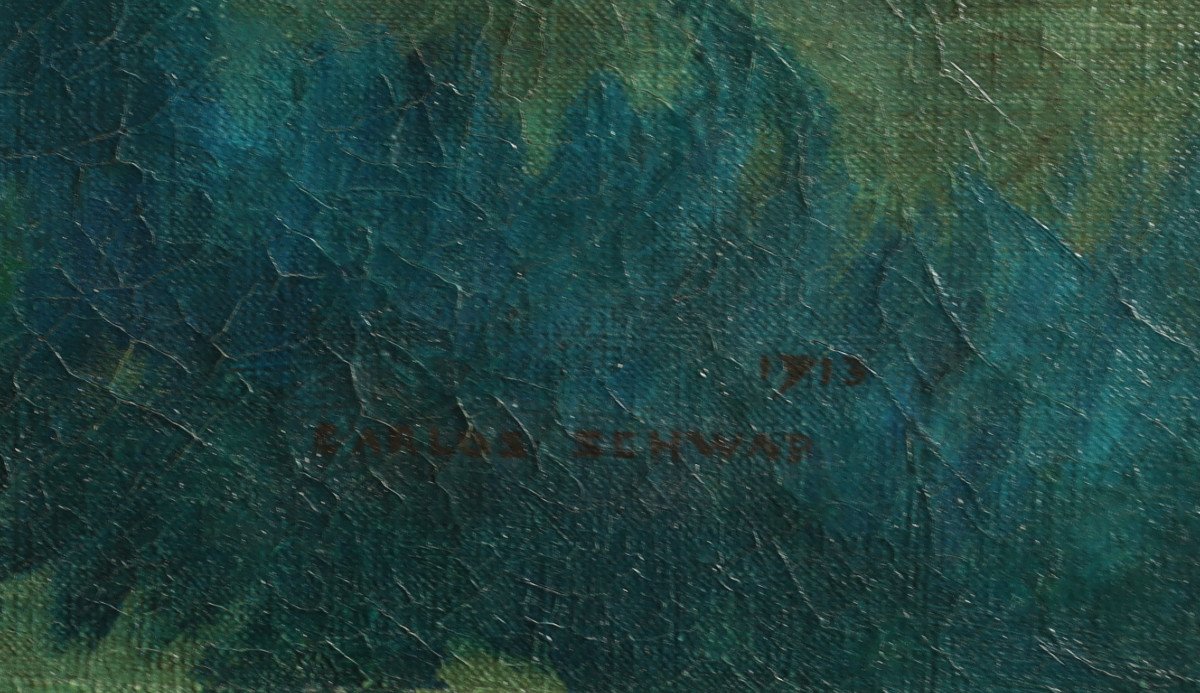
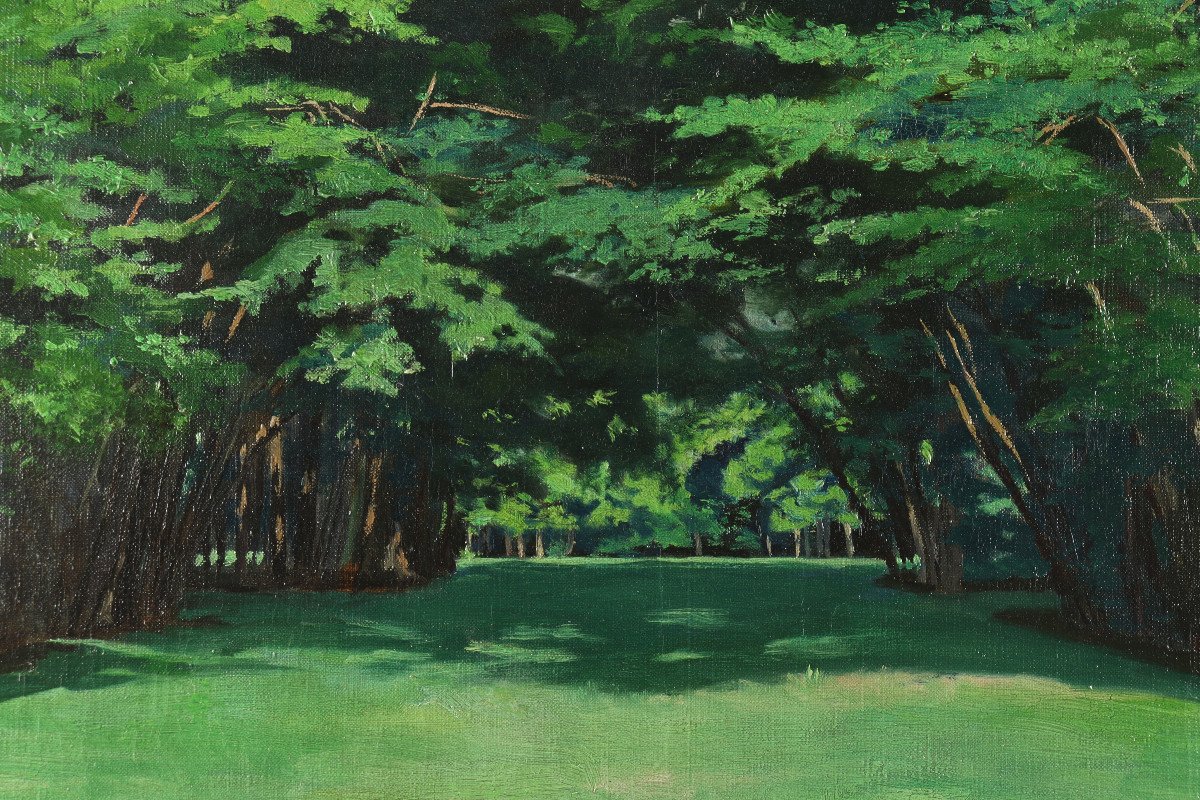
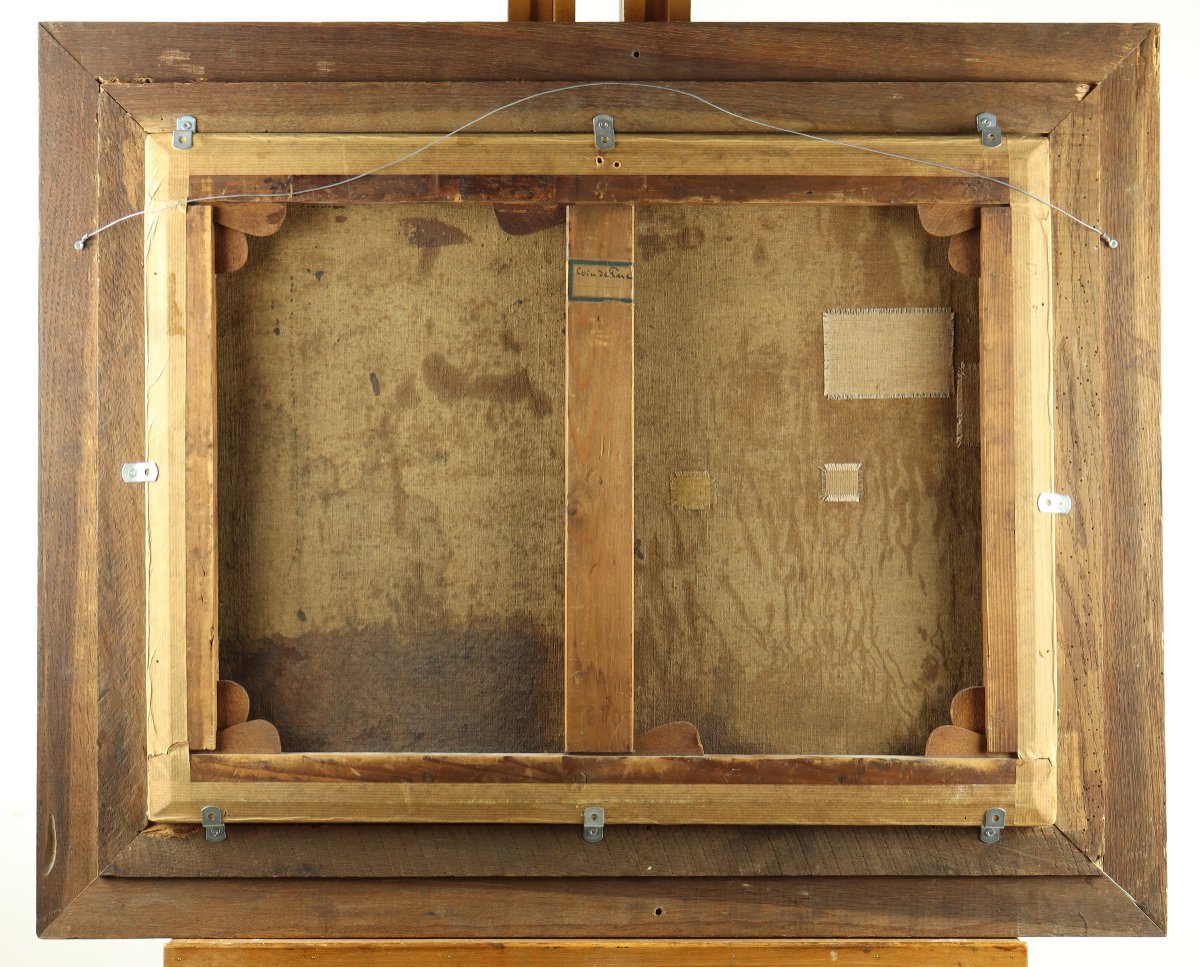









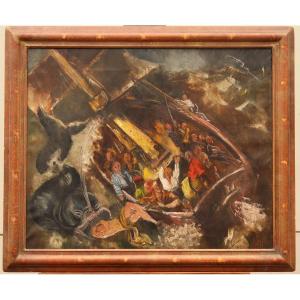
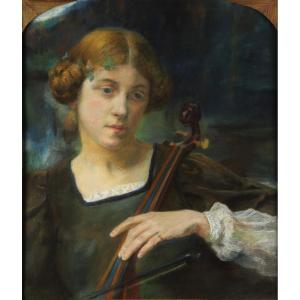
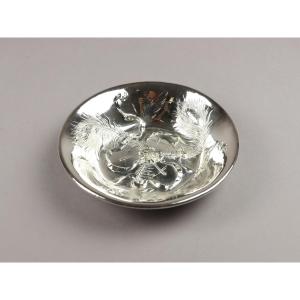
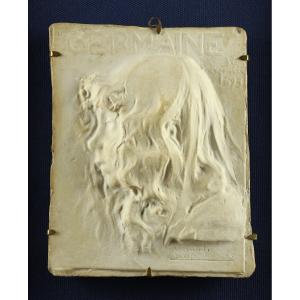
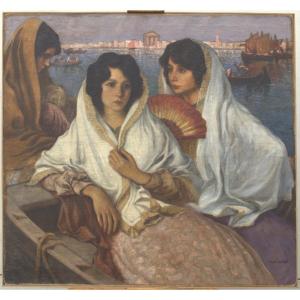

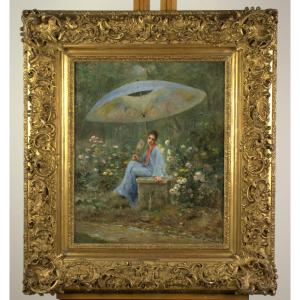
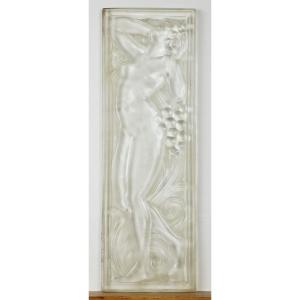



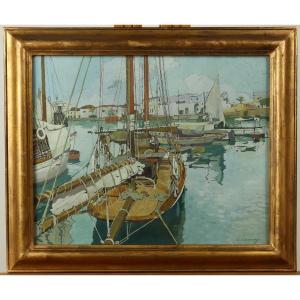

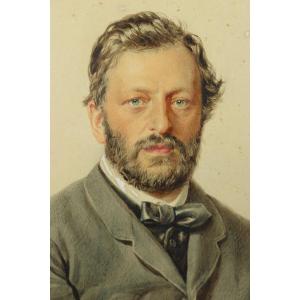


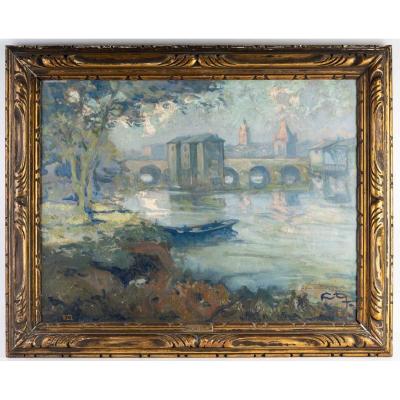





 Le Magazine de PROANTIC
Le Magazine de PROANTIC TRÉSORS Magazine
TRÉSORS Magazine Rivista Artiquariato
Rivista Artiquariato